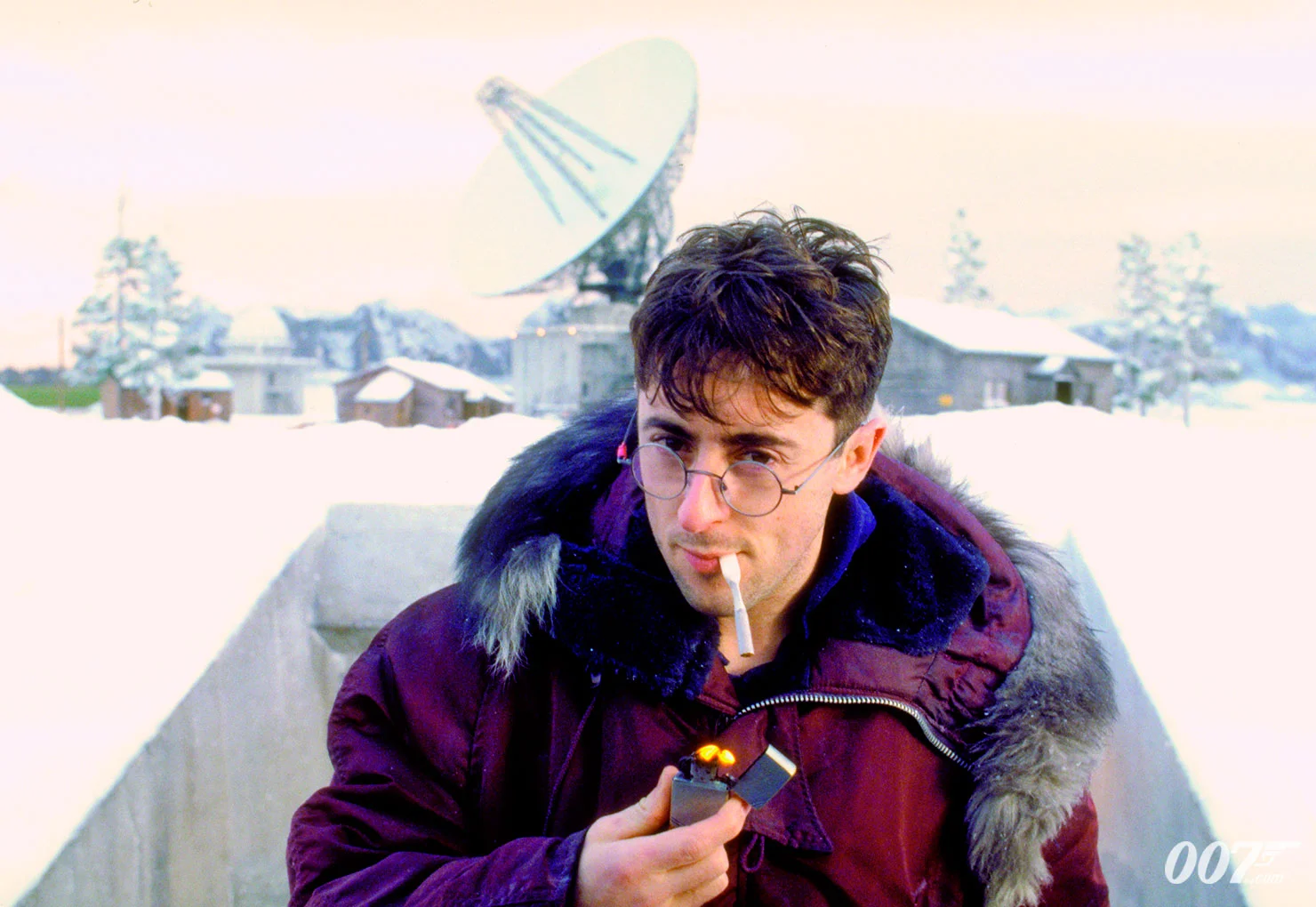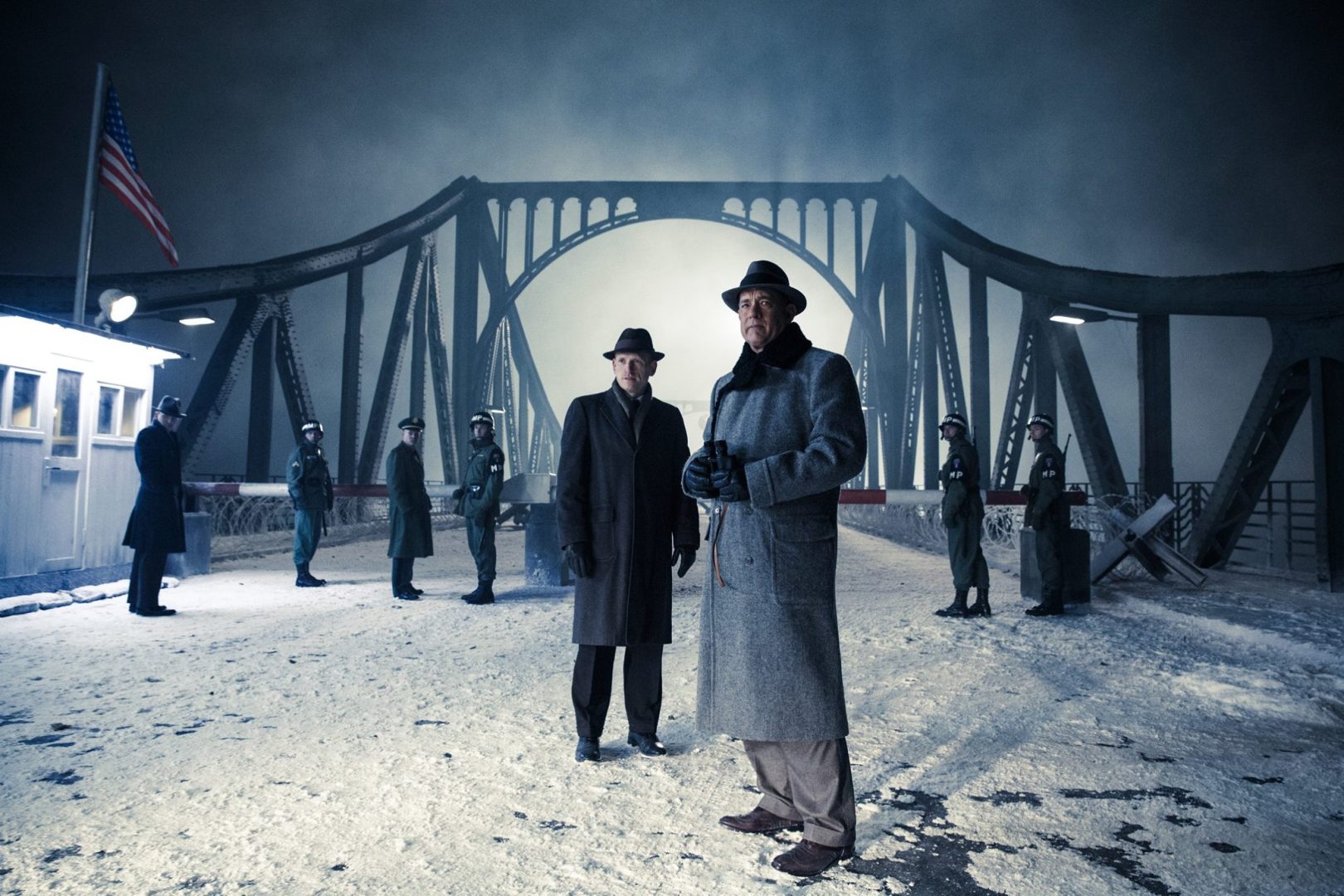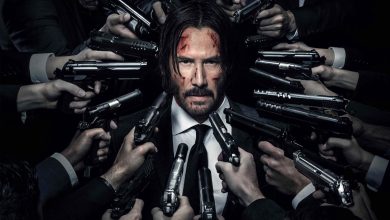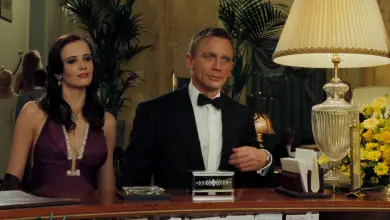Former KGB Spy Jack Barsky Rates 9 Russian Spy Scenes In Movies.
Separating Fact from Fiction

When it comes to the portrayal of Russian spies in Hollywood, who better to weigh in than someone who has lived the life? Jack Barsky, a former KGB spy who operated undercover in the United States, offers a unique perspective on how accurately these films depict the world of espionage. We asked Barsky to rate nine iconic Russian spy scenes in movies based on realism, technique, characterization, and cultural accuracy.
Methodology
Jack Barsky has a wealth of experience in the field of espionage, having been a sleeper agent for the KGB during the Cold War. He rated each scene on the following criteria:
- Realism: How closely does the scene mirror real-life espionage activities?
- Technique: Does the scene accurately represent spy craft techniques?
- Characterization: Are the characters believable as spies?
- Cultural Accuracy: Does the portrayal perpetuate or challenge stereotypes?
Scene 1: “GoldenEye” (1995) – The Satellite Hack
Barsky’s Rating: 6/10
Realism: While hacking is a part of modern espionage, the speed and ease are exaggerated. Technique: The use of hacking tools is accurate, but the execution is Hollywoodized. Characterization: More James Bond fantasy than a real spy. Cultural Accuracy: Leans into Russian stereotypes.

Scene 2: “Salt” (2010) – The Russian Sleeper Agent
Barsky’s Rating: 8/10
Realism: The concept of sleeper agents is very real, as Barsky himself can attest. Technique: The use of disguises and secret compartments is spot-on. Characterization: Angelina Jolie’s character is a believable spy. Cultural Accuracy: Avoids overt stereotypes.

Scene 3: “The Hunt for Red October” (1990) – The Defection
Barsky’s Rating: 7/10
Realism: Defections did happen, but usually not as dramatically as portrayed. Technique: The submarine technology is well-researched. Characterization: Sean Connery’s character is compelling but not entirely believable. Cultural Accuracy: Some Cold War-era stereotypes are present.

Scene 4: “Bridge of Spies” (2015) – The Spy Exchange
Barsky’s Rating: 9/10
Realism: The scene is based on a real-life event and is portrayed realistically. Technique: The tension and procedures during the exchange are accurate. Characterization: The characters are well-developed and believable. Cultural Accuracy: A nuanced portrayal that avoids stereotypes.

Scene 5-9: Quick Ratings
- “Tinker Tailor Soldier Spy” (2011): 8/10
- Red Sparrow” (2018): 5/10
- “Anna” (2019): 4/10
- “From Russia with Love” (1963): 6/10
- “Atomic Blonde” (2017): 7/10
Conclusion
According to Jack Barsky, Hollywood’s portrayal of Russian spies varies widely in terms of accuracy and nuance. While some films offer a realistic glimpse into the world of espionage, others opt for sensationalism and stereotypes. Barsky’s insights provide a valuable framework for understanding what is factual and what is cinematic embellishment.
Further Reading
For those interested in the real world of espionage, Jack Barsky’s own memoir, “Deep Undercover: My Secret Life and Tangled Allegiances as a KGB Spy in America,” offers an eye-opening look into the life of a sleeper agent.
The next time you watch a spy thriller, you’ll have a more informed perspective on what’s Hollywood fiction and what could be closer to the truth.









